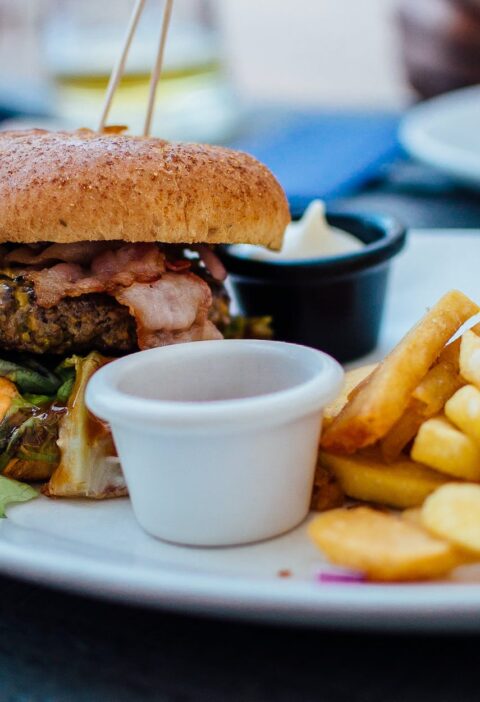Are corn flakes gluten free? Foodie should know Benefits or harm to the body of Gluten.

Corn Flakes:
Corn Flakes are a breakfast cereal flakes of made from toasting flakes of Corn or Maize. To make corn flakes healthy and tasty some other ingredients like cashew, currant, or almonds also mix in it. Corn Flakes invented by Dr. John Harvey Kellogg in the late 19th century.
Composition of Corn Flakes
A. Primary ingredients
1. Milled corn
2. Sugar
3. Malt flavoring
B. Processing and cooking methods
1. Extrusion process
2. Toasting for flavor and texture
III. Nutritional Content
A. Macronutrients
1. Carbohydrates
2. Protein
3. Fat
B. Micronutrients
1. Vitamins
2. Minerals
Is corn flakes good for health?
Corn flakes is regarded as a healthy breakfast option in India and abroad. A cup of corn flakes contains 101 calories, 266 mg sodium, and 24 gms carbohydrates. Also, the folic acid found in corn flakes helps produce new blood cells and prevents birth defects.
IV. Gluten in Corn Flakes
Introduction to Gluten:
Gluten is a protein commonly found in certain foods. These are mainly wheat, barley and rye. About 85 to 90% of the protein in wheat is gluten, primarily a complex mixture of gliadin, gluten and many different but related proteins The most abundant amino acids glutamine and proline These are also called proteins it prolamins. Other gluten proteins can be classified by sulfur content, molecular weight, and major systems of gliadins such as alpha, beta, gamma, omega (α, β, γ, and ω) gliadins and all gluten proteins are covalent and worse . covalent forces, which in turn contribute to the unique properties of gluten They give. Wheat or rye breads may be the most obvious, but gluten can also occur through cross-contamination with other foods, such as monosodium glutamate or soy sauce, ice cream and processed meats, or gluten-free cereals such as oats because these products are such they are made from wheat Can take place in a common production area. Its thermal stability and ability to act as a cohesive and expansive agent allow gluten to be used as an additive in processed foods. It helps improve texture, taste, moisture retention and increases the volume and protein content of processed foods.
A. Corn Flakes Generally gluten-free
1. Made from corn, which is naturally gluten-free
2. Exceptions in some products due to added ingredients or cross-contamination
V. Popular Brands and Varieties
A. Overview of major corn flakes brands
B. Variations in flavors and added ingredients
C. Market trends and consumer preferences


VI. Health Considerations
A. Role in a balanced breakfast
1. Commonly served with milk and fruits
2. Contribution to overall dietary fiber intake
B. Sugar Content
1. Evaluation of sugar levels in different brands
2. Impact on health and dietary choices
Please read this article on https://www.webmd.com/diet/foods-high-in-gluten
VII. Gluten-Free Corn Flakes Options
A. Brands offering explicitly gluten-free corn flakes
B. Considerations for individuals with gluten sensitivity or celiac disease
VIII. DIY Corn Flakes
A. Making corn flakes at home
1. Ingredients and recipe
2. Advantages of homemade corn flakes



